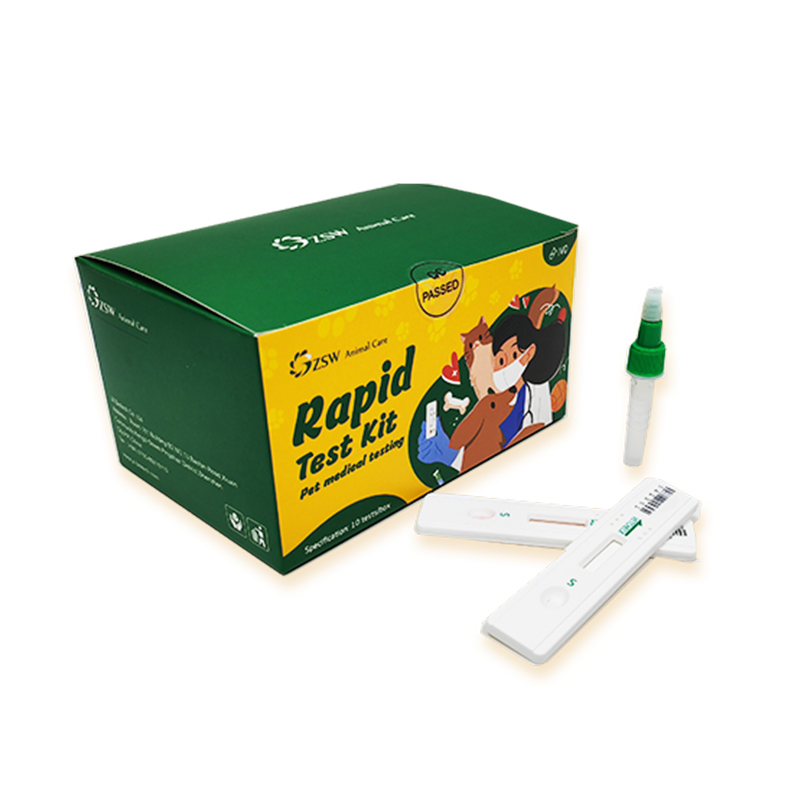



【Detection principle】 This product uses fluorescence immunochromatography to quantitatively detect the cTIgE content in serum/plasma. Basic principle: T and C lines are drawn on the nitrocellulose membrane respectively, and the T line is coated with antibody a that specifically recognizes cTIgE antigen. Another fluorescent nanomaterial-labeled antibody b that can specifically recognize cTIgE is sprayed on the binding pad. The cTIgE in the sample first combines with the nanomaterial-labeled antibody b to form a complex, and then the upward chromatography, the complex and T-line antibody a Combined to form a sandwich structure, when the excitation light is irradiated, the nanomaterial emits a fluorescent signal, and the strength of the signal is positively correlated with the concentration of cTIgE in the sample.
【Detection purpose】 IgE is a type of immunoglobulin (Ig) with a molecular weight of 188kD and a very low content in serum. It is usually used for the diagnosis of allergic reactions. In addition, it can also assist in the diagnosis of parasitic infections and multiple myeloma. 1. Allergic reaction: When an allergic reaction occurs, the allergen IgE rises. The higher the allergen IgE, the more serious the allergic reaction. 2. Parasite infection: After a pet is infected by a parasite, the allergen IgE may also increase, which is generally related to the mild allergy caused by the parasite protein. In addition, the presence of a tumor in the report may also lead to elevated total IgE.

